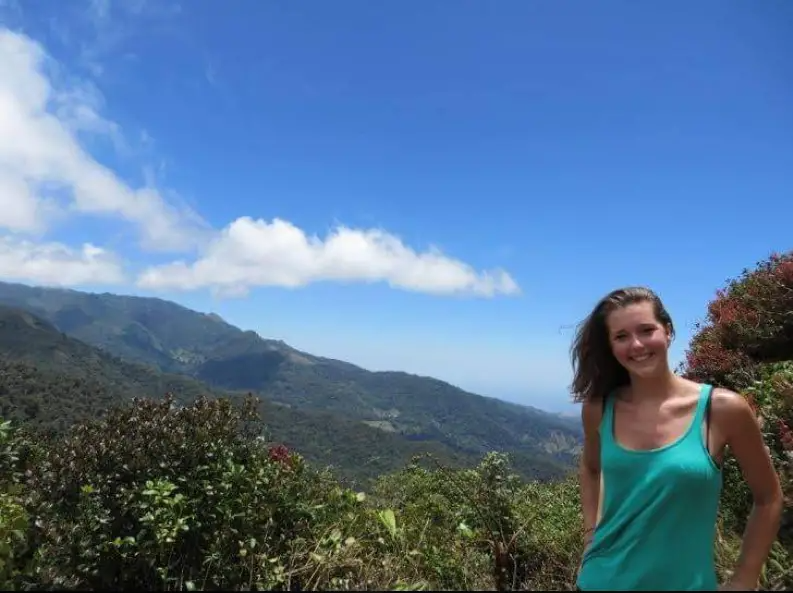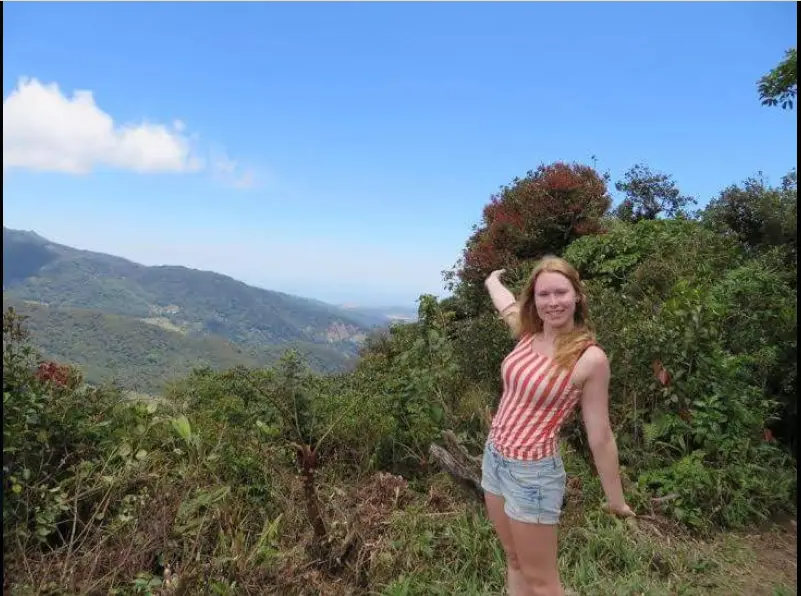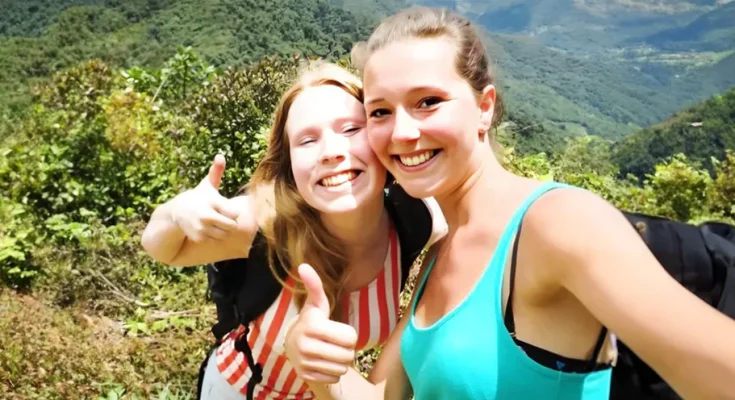Two young Dutch women set out for adventure in Panama, but their journey turned into a chilling mystery when they vanished, leaving behind eerie clues. What really happened on that fateful day?
Kris Kremers and Lisanne Froon set out on an adventure to South America. But just days after their arrival, the two friends vanished without a trace, sparking one of the most perplexing missing person cases in recent history.
From a series of unsettling clues and failed calls to emergency services to eerie photos taken in the dead of night, discover the story of the young women’s last days that left loved ones and investigators alike haunted by unanswered questions.
In 2014, Kris Kremers and Lisanne Froon embarked on an adventure that was supposed to be the journey of a lifetime. The friends were in their early 20s and had saved for over a year to travel to Panama.
They planned to volunteer with local children and explore the region’s natural beauty. This trip marked the beginning of their gap year — a chance to experience a new culture, learn Spanish, and make a positive impact.

Arriving in Panama on March 29, 2014, Kremers and Froon settled in Boquete, a small town nestled in the lush highlands near the Baru volcano. They stayed with a host family, immersing themselves in the local culture. The girls were disappointed, however, when their plans to volunteer at a local school fell through.
The school staff informed them that they couldn’t accommodate them that week, pushing back their start date by several days. This minor setback seemed to have a significant emotional impact on the young women, as one of them expressed her disappointment to her family.

With time to spare, Kremers and Froon began exploring the area, asking their host and the Spanish language school they attended for suggestions on places to visit. By April 1, 2014, they had already climbed the nearby volcano and toured a local coffee plantation.
Eager to fill their days, Kremers and Froon decided to hike the popular Pianista Trail, known for its scenic views and dog walkers. They left their host family’s house around 11 a.m., dressed lightly in tank tops and shorts while carrying small backpacks.
Their light packing suggested they only planned to be out for a few hours. However, the trek quickly turned into something far more ominous. By the time they were reported missing, confusion had already surrounded their final day.
The exact time they started the hike was unclear, and inconsistencies between their social media posts and witness statements further muddied the timeline.
When Kremers and Froon failed to return that evening, their host family began to worry. But when they missed an appointment with a tour guide the next day, alarms were raised.
The search for the girls intensified over the following days, involving local authorities, their parents, and a criminologist from the Netherlands. Despite extensive efforts, including a $30,000 reward and a ten-day search, no trace of the girls was found, leaving their loved ones desperate for answers.
As the days turned into weeks, the case of Kremers and Froon grew colder. Then, ten weeks after their disappearance, a local woman found a blue backpack on the bank of a river near Alto Romero, a remote area miles away from the Pianista Trail.
The backpack was dry and appeared almost untouched, a bizarre detail considering it had rained heavily the days before. It was later confirmed to belong to Froon.

Inside, investigators found personal items, including bras, sunglasses, both of their phones, a digital camera, and other small items. The discovery of these items only deepened the mystery, as the backpack’s contents appeared carefully preserved despite being exposed to the elements.
The content of the camera and phones was far more disturbing. The data revealed a series of emergency calls made from the phones shortly after the girls went missing. Starting around 4:30 p.m. on April 1, someone repeatedly tried to reach emergency services.

Out of the 80 calls placed, only one was momentarily connected, and both phones were turned on and off multiple times over the next several days. Most concerning was that by April 6, whoever was attempting to use Kremers’ phone did not know the PIN code.
This was a troubling sign that raised questions about who was making the calls during those final desperate days. The camera held a collection of 133 photos, mostly taken on April 1, depicting the girls smiling and posing along the trail.
The last picture that day showed Kris standing in a small gully, surrounded by dense vegetation, a seemingly innocent photo that would be the last normal image of the pair.
Seven days later, in the early hours of April 8, the camera was used again, capturing over 90 photos between 1 a.m. and 4 a.m. These photos were disconcerting, showing dark, blurry images of the jungle, rocks, and nothing identifiable.
One particularly chilling photo appeared to show the back of Kremers’ head with what looked like blood in her hair. The discovery of the photos raised more questions than answers.
Were they trying to use the camera flash as a light source? Were they signaling for help? No theory completely explains the sequence of events, and the eerie photos continue to haunt those who have seen them.
By June 19, investigators found several scattered remains near the river where Froon’s backpack was discovered. Among them was her foot, still inside her boot, and part of Kremers’ pelvic bone.

